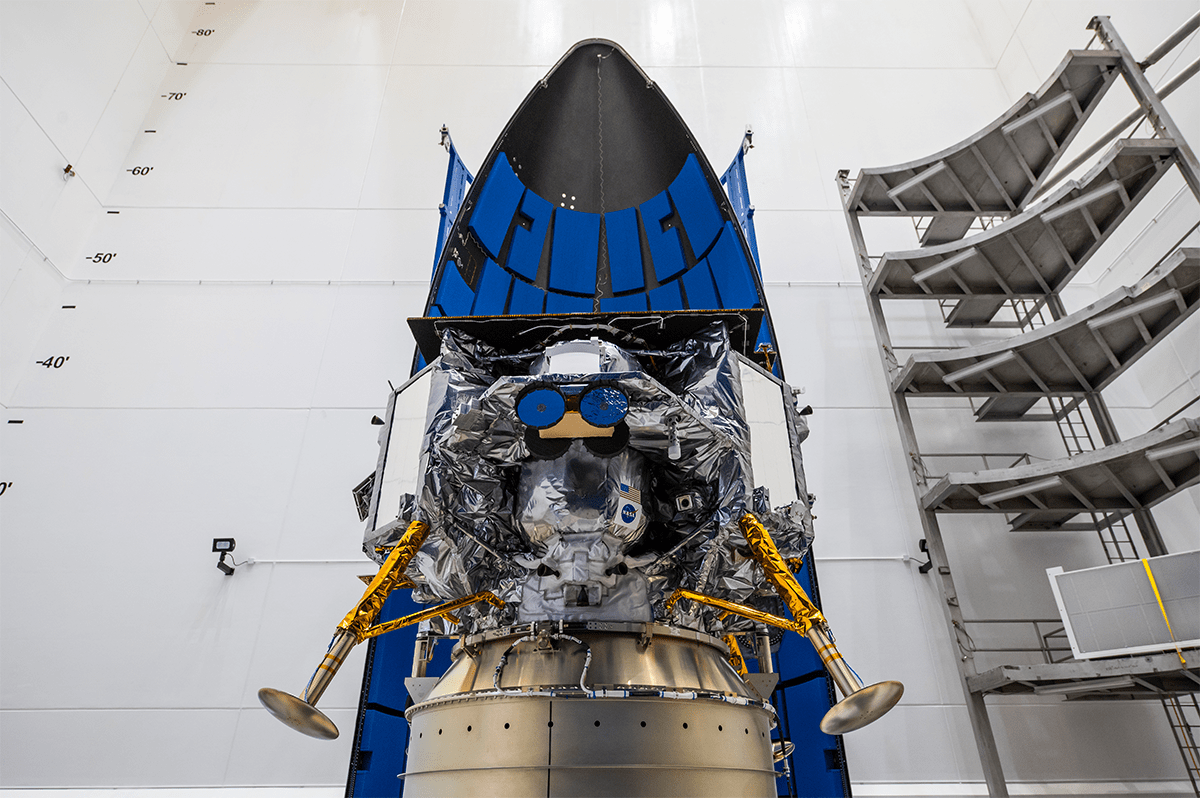Astrobotic’s Peregrine lunar lander is proving to be a resilient and remarkable spacecraft, defying the odds and continuing to operate on orbit despite facing numerous challenges.
The Pittsburgh-based startup, known for its revolutionary space technology, launched Peregrine in the early hours of Monday morning in a partnership with United Launch Alliance’s Vulcan Centaur. Shortly after separation from the launch vehicle, engineers discovered a troubling issue: a fuel leak in the spacecraft’s propellant system.
But the tenacious spacecraft has been navigating the harshness of space for over four days now and shows no signs of slowing down. In fact, there is growing optimism that the estimated operational time remaining will continue to extend beyond the original estimate.
“The spacecraft has shown remarkable resilience, and we are cautiously optimistic about its potential longevity,” said an astounded Astrobotic team member.
Two days ago, Astrobotic estimated that Peregrine had around 36 hours of propellant remaining. However, today, the company updated that estimate to 52 hours as the leak continues to slow.
In addition to persevering the leak, Peregrine has also proved successful in receiving essential data from the numerous payloads on board. These include scientific payloads from prestigious organizations such as NASA, the German Aerospace Center, and the European Space Agency. Recently, Astrobotic announced that all of the payloads designed to communicate with the lander have transmitted critical data, and the spacecraft has provided power to 10 payloads that require it. The remaining 10 payloads are passive and do not require power or communication from the spacecraft.
“These payloads are now operational in space, and we are eager to see the impact of this achievement,” stated Astrobotic in an official statement.
The Astrobotic team is understandably proud of this extraordinary accomplishment, given the incredibly difficult circumstances they faced. While a soft landing on the moon may no longer be feasible, extending the operational life of the spacecraft is undoubtedly a significant victory for both Astrobotic and the payload providers.








